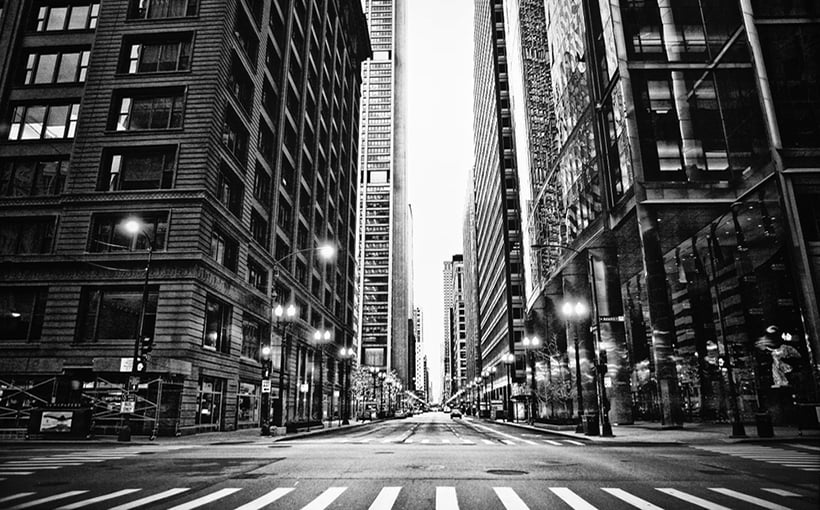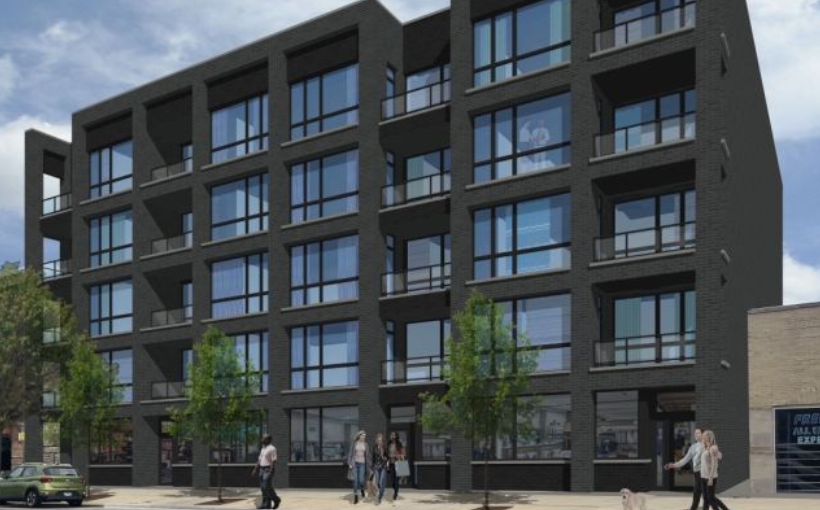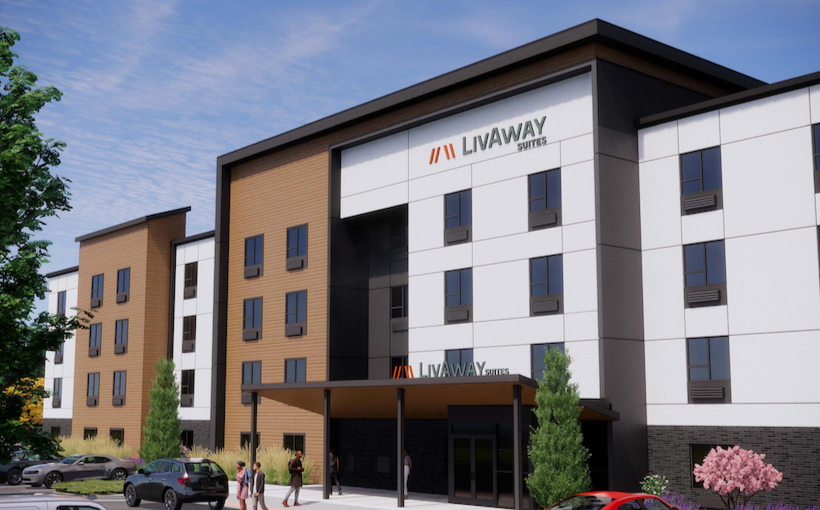A McKinsey report suggests that demand for urban core office and retail space will continue to decrease in the coming years. With back-to-work mandates and a slowdown of outward migration from cities to the suburbs, commercial real estate has been significantly impacted. The recent report by McKinsey, entitled “Empty Space and Hybrid Places: The Pandemic’s Lasting Impact on Real Estate,” examined “superstar” cities such as Beijing, Houston, London, Paris New York City Munich San Francisco Tokyo in order to model various scenarios for future demand through 2030.
The results indicated that vacant office and retail space has increased since 2019 while home prices grew more slowly than those in suburbs or other cities. Factors like long-term population trends; employment patterns; commuter population share; shopping trends were also taken into account when analyzing these scenarios which showed generally lower demand for this type of space compared with 2019 levels. Additionally hybrid work continues to be popular among employees who are eschewing full time attendance at offices instead opting for remote or hybrid options leading further downward pressure on CRE demands .
In order to improve future CRE demands some solutions have been proposed such as mixed use development at neighborhood level , constructing adaptable flexible spaces ; neutral use buildings ; designing multiuse modular floor plans etc . These measures can help create vibrant urban cores even during challenging times .




